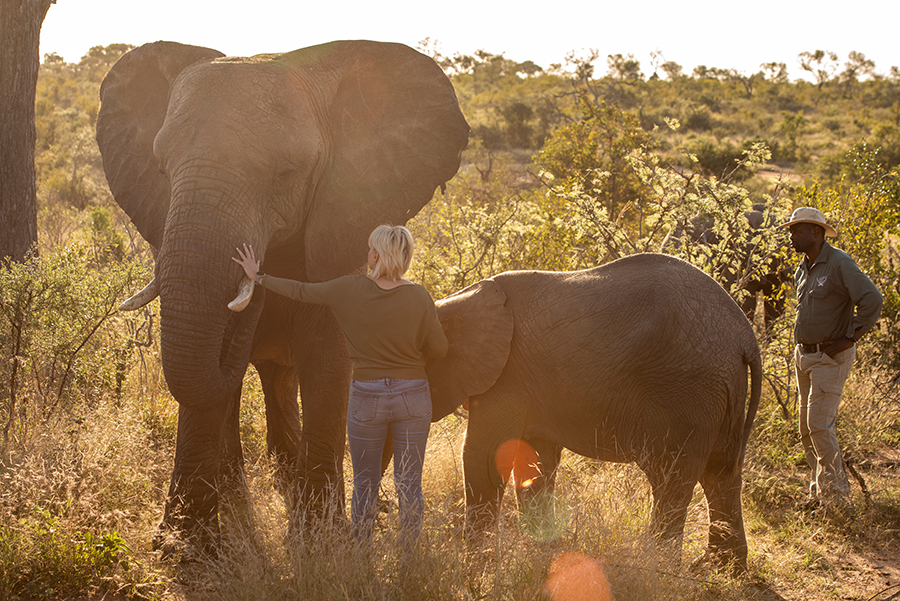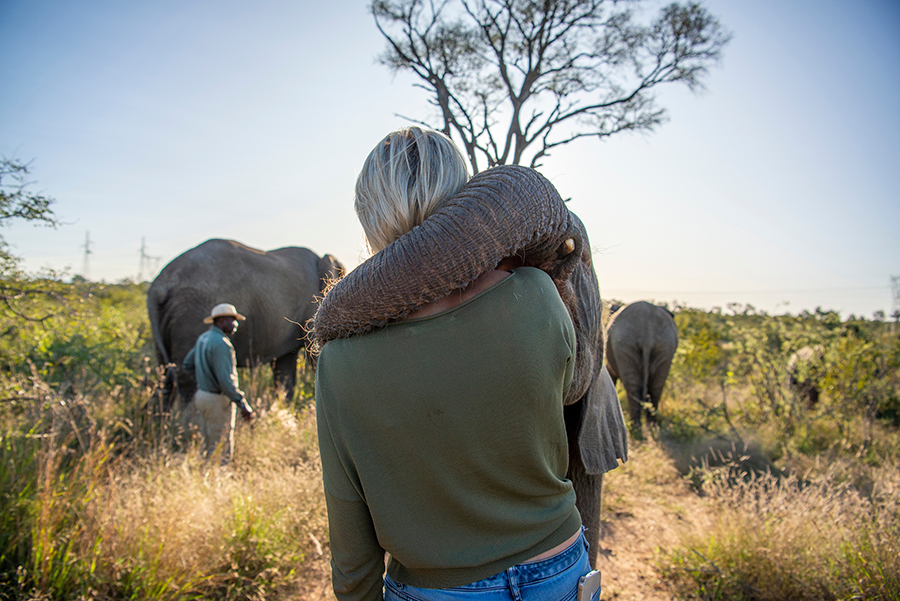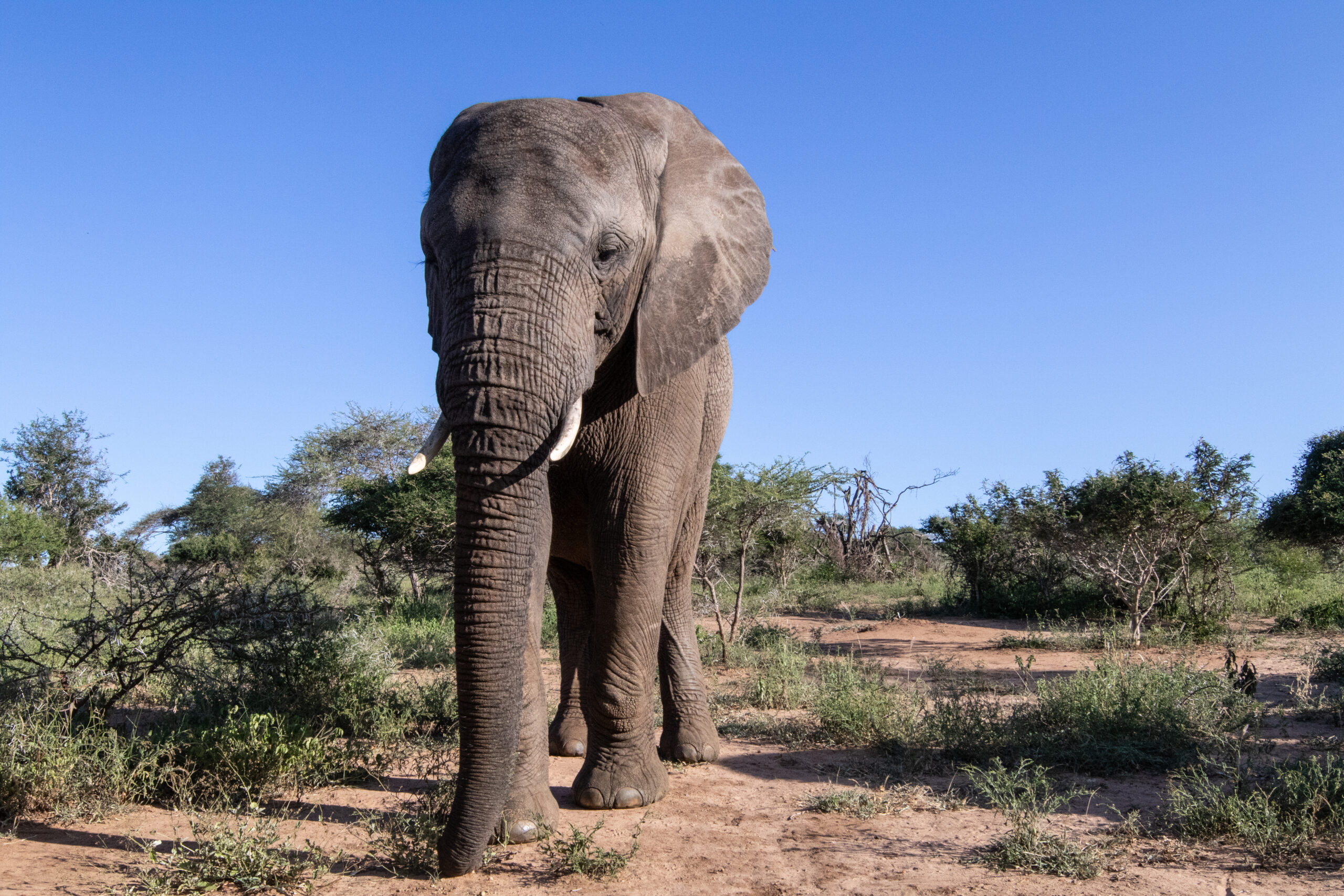Habitat restoration is about quality rather than quantity…
This makes it difficult to measure in the way people are used to. There are, however, several techniques to attempt this and show the health of the vegetation.
Why is this important?
The quality of our vegetation forms the backbone of our ecosystems, and the quality of our ecosystems greatly impact the quality of our lives in more ways than we can imagine.
Within the South-African context and more specifically the northern province of Limpopo where we are located there are several problem areas that need to be addressed. We are located in what is a very marginal area given our high temperatures, below average rainfall, and relatively shallow soil profile. Therefore, virtually all agricultural activities in these now wildlife areas have been abandoned. Because of these activities in the past, we need to now address the effects and restore the quality of the vegetation affected by agriculture.
By restoring the affected area, we ensure a sustainable environment that will supply our elephants with plenty healthy vegetation to carry their immense nutritional needs. We have embarked on a large-scale project, divided into phases to make it more manageable.

Like the first phase and the many phases coming in the near future, the process we follow is purposefully simple yet effective. Due to the nature of land degradation the soil is adversely affected. The lack of a mature grass or basal layer leaves the thin layer of fertile topsoil vulnerable to the harsh elements. During hard downpours, the soil’s structure gets damaged by the impact of the raindrops, leading to crust formation and increased surface water run-off.
Another negative impact of this crust formation is the inevitable increase in surface temperatures. All these factors lead to a micro-environment that is no longer suitable for grass seed germination. The solution, though simple, is rather labour intensive.
Firstly, the crust of the soil needs to be broken. This is done manually using a tractor with an implement called a ripper. The crust is then ripped up and broken in the process, exposing the porous soil underneath. This is only the first step. Thereafter, we use our elephant dung compost to speed up the restoration process by simply adding it to the soil after the ripping process. Then based on the specific area we may choose to add grass seeds, or not. The final and critical step is to remove excess branches from surrounding thorn trees and pack these branches densely over the now ripped, composted, and seeded soil. This final step completes the process and now creates a dappled shade micro-environment with nutrient rich substrate to facilitate the growth of grass plants and protect from grazing pressures of the surrounding wildlife.
Over the course of a few years, the affected area will be covered with a mature grass community that is resilient to change and grazing pressure. This healthy vegetation will be able to support a growing herd of elephants and ensure the long-term livelihood of the Jabulani herd and the community of carers that tend to them. This project is only made possible by our loyal supporters!





 Comment
Comment






thank you
p.s love the photo of the wee pink dot with adine xx